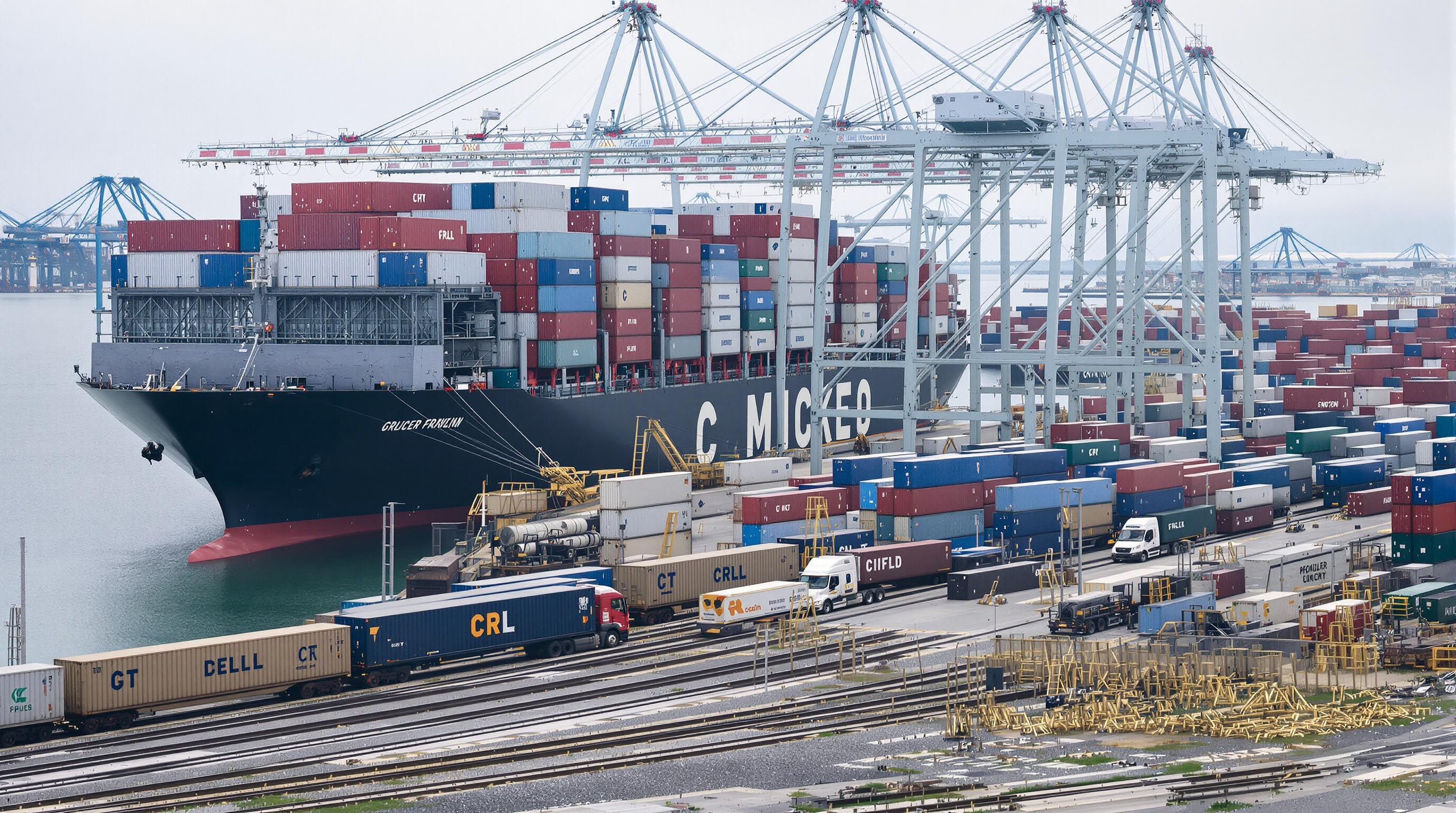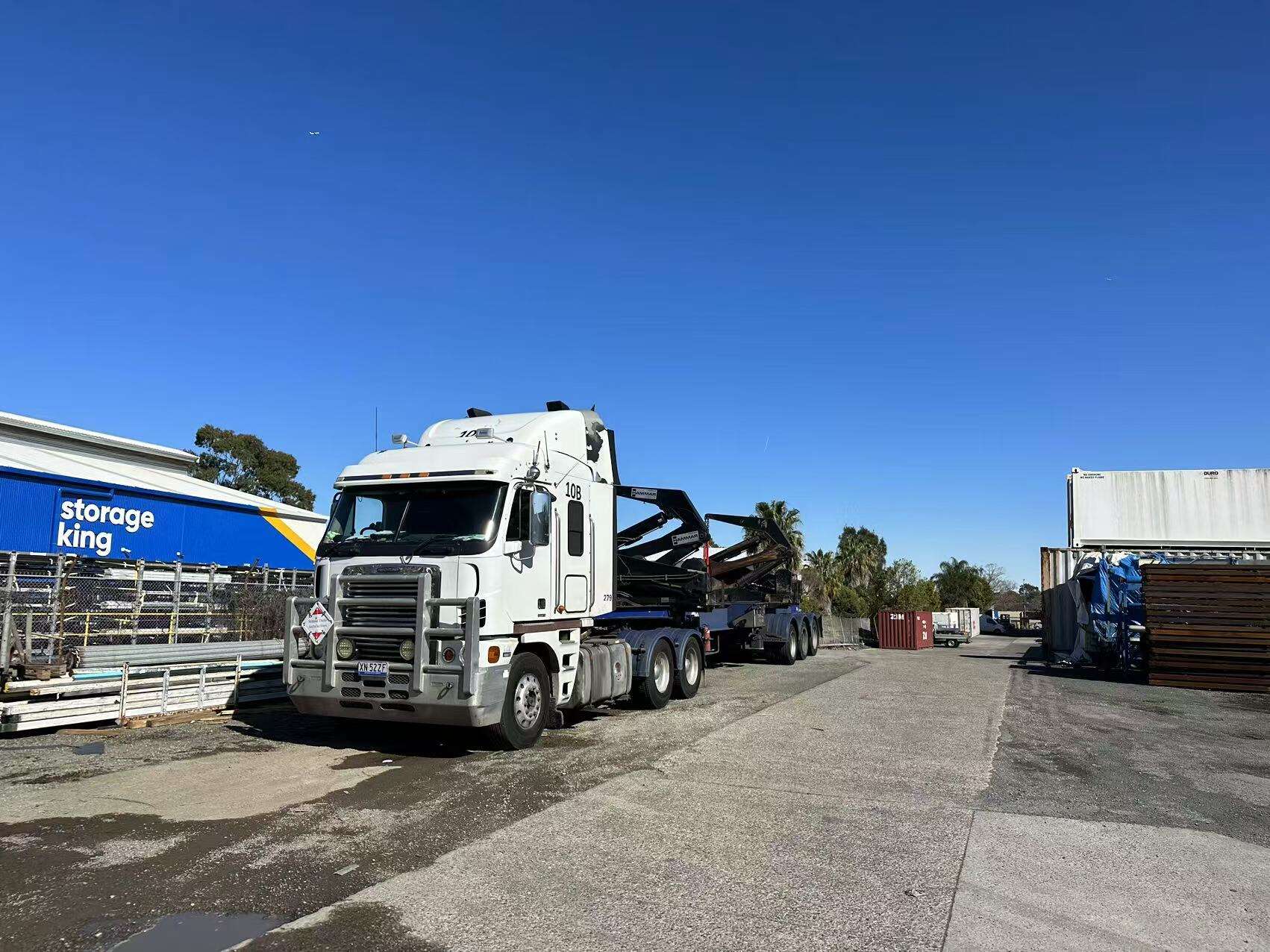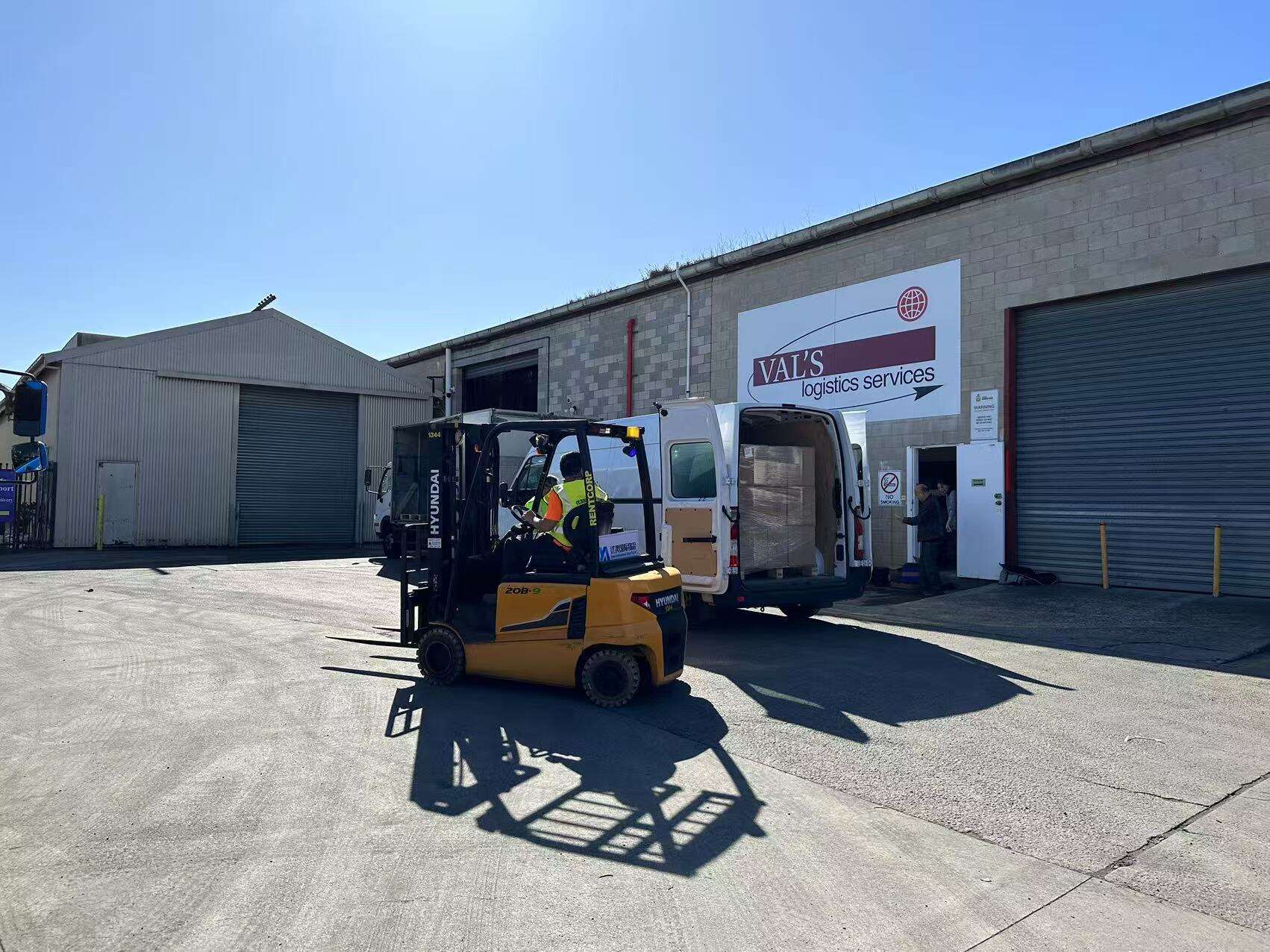The Central Role of Land Transport in Multimodal Networks
Defining Multimodal Transportation and the Foundational Role of Land Transport
When talking about multimodal transport, we're basically looking at systems that combine different ways to move stuff around like roads, rails, ships, or planes all under one logistics agreement. Roads are really the workhorse here, carrying about three quarters of all cargo somewhere along its trip according to Deloitte's numbers from last year. The trucks and trains play this important role connecting things from point A to point B, which makes it possible for packages to actually reach someone's doorstep even after traveling across oceans or continents via ships and aircraft. Take a look at ports where most containers heading there get picked up first by trucks, roughly 63 percent of them actually. Meanwhile, rail lines handle big volumes of goods moving from those coastal areas into distribution points further inland.
Road and Rail as Critical Connectors Between Maritime, Air, and Inland Logistics
Modern logistics hinges on coordinated road-rail networks:
- Highway systems enable just-in-time deliveries for air cargo, with 20% of airport-bound freight arriving via truck within four hours of flight departures
- Double-stacked rail corridors reduce port congestion by moving containers three times faster than truck-only routes (Federal Railroad Administration 2023)
A 2022 World Bank study found that nations with integrated rail-road systems reduced average freight costs by 17% compared to those relying on single-mode transport.
Case Study: Port-to-Rail Integration in the Rotterdam Gateway
Rotterdam, Europe's biggest port, managed to cut down on truck traffic by around 23 percent last year thanks to their Rail Connected project. They built out four special freight rail tracks right to the docks, set up automatic systems for moving containers from vessels to trains, and started using green electric engines for transporting goods inland. About 41% of all containers passing through Rotterdam now go this way instead of relying solely on trucks. The success shows what happens when ports think creatively about connecting different parts of the transportation system it just makes everything work better together across the whole logistics chain.
Integrating Land and Maritime Logistics Through Intermodal Freight Systems

From Container Ships to Inland Rail Corridors: Streamlining Cargo Flow
Transport systems on land connect maritime ports with places further inland. When containers move straight from ships onto those double stacked trains at the port, it cuts down reliance on trucks by about 40 percent according to Logistics Management Institute research from last year. The goods themselves travel quicker too. Electronics and car parts get to their distribution points around 20% faster compared to when everything is hauled by truck alone. Most importantly, rail takes care of roughly 70% of what would otherwise be a lengthy road trip across country.
The Rise of Dry Ports: Easing Coastal Congestion via Inland Connectivity
Dry ports located inland are changing how goods move around by moving where containers get stored and cleared for customs away from busy coastlines, usually somewhere between 150 to 300 kilometers back. Take Beijing's dry port as a case study there. It handles about 1.2 million TEUs every year thanks to those direct rail connections running right into Tianjin's main sea terminal. What does this actually do? Well, it cuts down on all those trucks rumbling around town each week by roughly 12,000 trips worth. The environmental benefits are pretty impressive too, slashing emissions in port areas by around 35 percent. Plus manufacturers love this setup because their production lines can run smoother when everything arrives exactly when needed, thanks to those carefully timed train schedules that keep things flowing without hiccups.
Trend Analysis: Growth in Intermodal Freight Terminals (2015–2023)
| Year | Global Intermodal Terminals | Annual Cargo Volume (Million TEUs) |
|---|---|---|
| 2015 | 1,200 | 48 |
| 2023 | 2,150 | 89 |
Source: Global Intermodal Association (2023)
Terminal capacity surged 79% during this period, driven by $210 billion in infrastructure investments. Asia-Pacific leads with 54% of new facilities, primarily supporting China’s Belt and Road Initiative. Europe follows at 28%, focusing on Rhine-Danube rail corridors. This expansion enables shippers to reduce per-container costs by $380 compared to single-mode alternatives.
Connecting Air Cargo and Urban Mobility via Ground Networks
Air cargo ground links: Express freight using highways and rail
The highways and rail lines basically make up the main arteries for getting air cargo across land, since around three quarters of all airfreight depends on these transportation networks to get where it needs to go according to the Airport Ground and Cargo Handling Services Market Outlook report from 2023. Semi trucks are typically used for moving those urgent packages out of airports toward local distribution centers, whereas trains tend to carry heavier stuff like car components or medicine shipments. Fast delivery companies really focus on picking road routes that allow transfers between planes and trucks within about twenty minutes max, which can cut down overall travel time by roughly a third when compared with regular shipping methods.
Seamless urban integration: Public transit, micromobility, and last-mile delivery
More and more city planners are finding ways to use existing public transportation systems for both people and goods transport at the same time. Take Frankfurt as an example where they've set aside special areas inside their trains for delivering packages at night when there's less passenger traffic, which has cut down on daytime delivery trucks by about 12%. Smaller electric vehicles like bikes and cargo scooters are making waves too. These micromobility options handle around 41% of small package deliveries (under 5kg) in crowded city areas according to research from a study on urban transportation efficiency back in 2021. The environmental benefits are pretty significant too, saving roughly 19 metric tons of carbon emissions each year just in average sized cities alone.
Case Study: Copenhagen’s bicycle-transit network and transit-oriented development
The way Copenhagen has connected Kastrup Airport's cargo areas to most parts of the city through bike highways and train connections is pretty impressive. About 87 percent of the city is now reachable from these facilities. For local deliveries, cargo bikes handle around 23% of what needs to get to places within 5 kilometers of train stations. There are special loading spots at 68 different metro stops that make this possible. What's really cool is that despite all this activity, 92% of airplane cargo gets delivered on the same day it arrives. And cyclists still manage to keep moving at over 15 km/h during their commutes. The Danish capital shows us something important: when cities plan transportation systems that work together instead of competing, they can achieve both fast service and environmentally friendly solutions.
Digital Integration: Mobility-as-a-Service and Smart Coordination
How MaaS Platforms Unify Ticketing and Routing Across Land-Based Modes
MaaS platforms make travel planning easier by bringing together different ways people get around on land. Take Helsinki's Whim app for example - when they combined city parking info with bus timetables and those little electric scooters last year, parking transactions shot up six times what they were before. What makes these apps so handy is how they handle everything from paying fares to figuring out routes all in one place. No more juggling multiple apps for trains, taxis, bikes, or whatever else gets used during a trip through town. This kind of integration cuts down on the hassle factor that comes with trying to navigate complex urban transportation systems.
Data-Driven Coordination Between Ride-Hailing, Transit, and Car-Sharing
Smart algorithms help manage how ride-hailing fleets are deployed throughout busy transportation periods, making it easier for people to get from their last stop to their final destination. Mobility as a Service providers look at what's happening right now with passenger demand to place shared cars close to subway exits, which has cut down waiting times around those areas by about 18 percent according to research from the University of Copenhagen published last year. When vehicles aren't driving around aimlessly looking for passengers, this coordination means fewer cars clogging city streets. In places where MaaS systems have been running smoothly for a while, traffic levels actually drop between 12 and 15 percent compared to before these services became widespread.
Trend: Expansion of MaaS in European Cities (2020–2024)
European MaaS adoption grew 214% between 2020 and 2023, with 67% of major cities now offering integrated platforms. A 2023 implementation study found that 82% of users in cities like Lyon and Hamburg reduced private car use after subscribing to multimodal plans. Governments are incentivizing adoption through subsidies, aiming to cut transport-related emissions by 30% by 2030.
Controversy Analysis: Privacy Concerns Versus Convenience in MaaS Adoption
While 74% of users praise MaaS for simplifying travel, 58% express concerns over data collection practices. Critics argue centralized platforms create risks of location tracking and behavioral profiling. However, cities like Vienna mitigate these issues through anonymized data aggregation and strict third-party access controls, demonstrating that functionality and privacy can coexist.
FAQ
What is multimodal transportation?
Multimodal transportation refers to a system that combines different transportation modes like roads, rails, ships, and planes under a single logistics agreement, optimizing the movement of goods across various locations.
Why is land transport central to logistics networks?
Land transport such as roads and railways is crucial because it acts as the connecting backbone between maritime ports, airports, and inland distribution hubs, facilitating the final delivery of goods to their destinations.
What are the benefits of Rail Connected projects?
Rail Connected projects help reduce congestion, minimize truck traffic, and integrate efficient systems for moving containers directly from ports to railways, as evidenced by projects like Rotterdam's initiative that cut truck traffic by 23%.
How does using dry ports help in logistics?
Dry ports help by relocating container storage and customs processing away from congested coastal areas, thus reducing truck trips, emissions, and improving the efficiency and smoothness of transport lines.
What are MaaS platforms?
Mobility-as-a-Service (MaaS) platforms unify various land-based transportation modes like buses, trains, and bikes into one app or system to simplify travel planning, ticketing, and routing.




